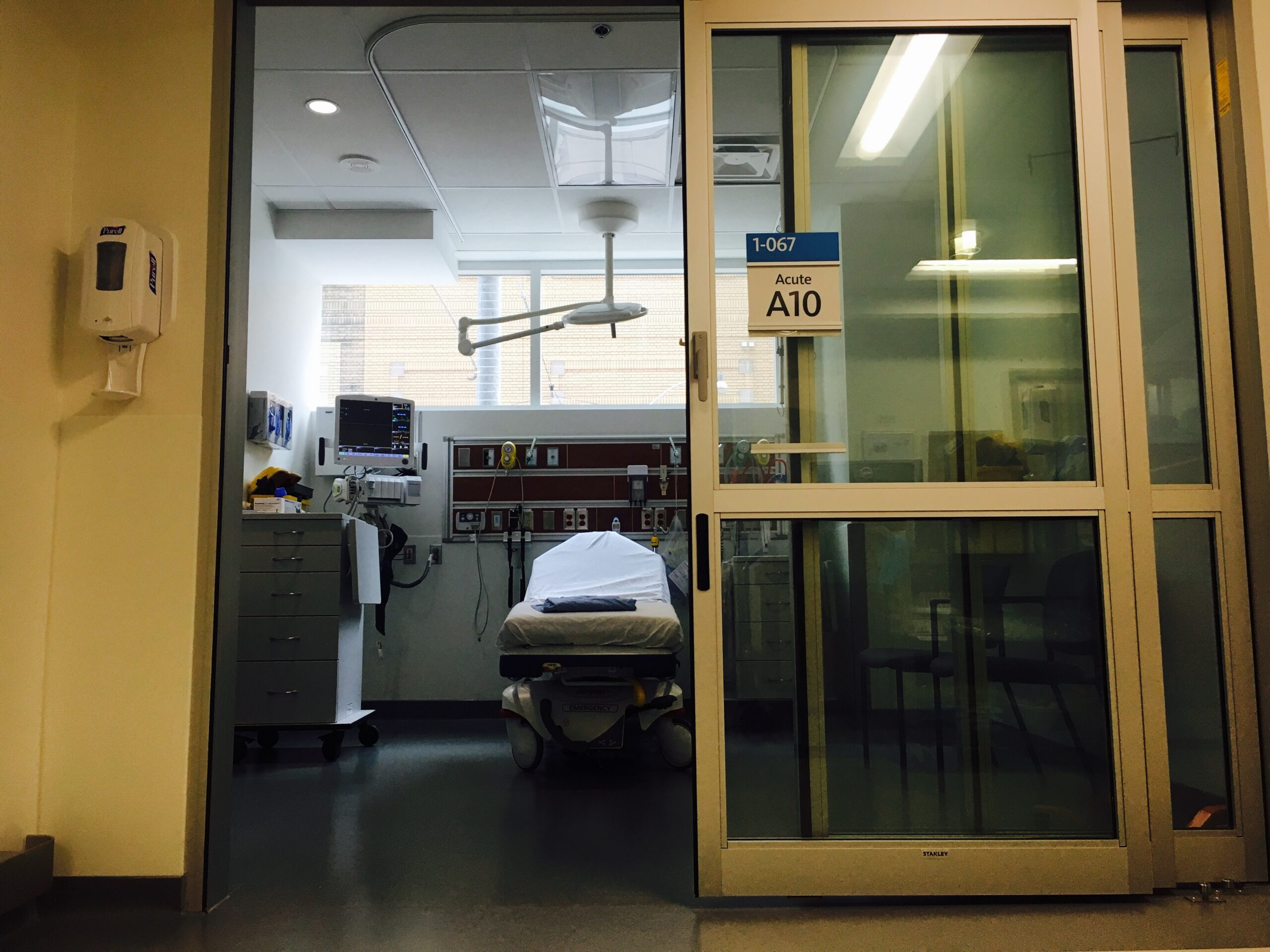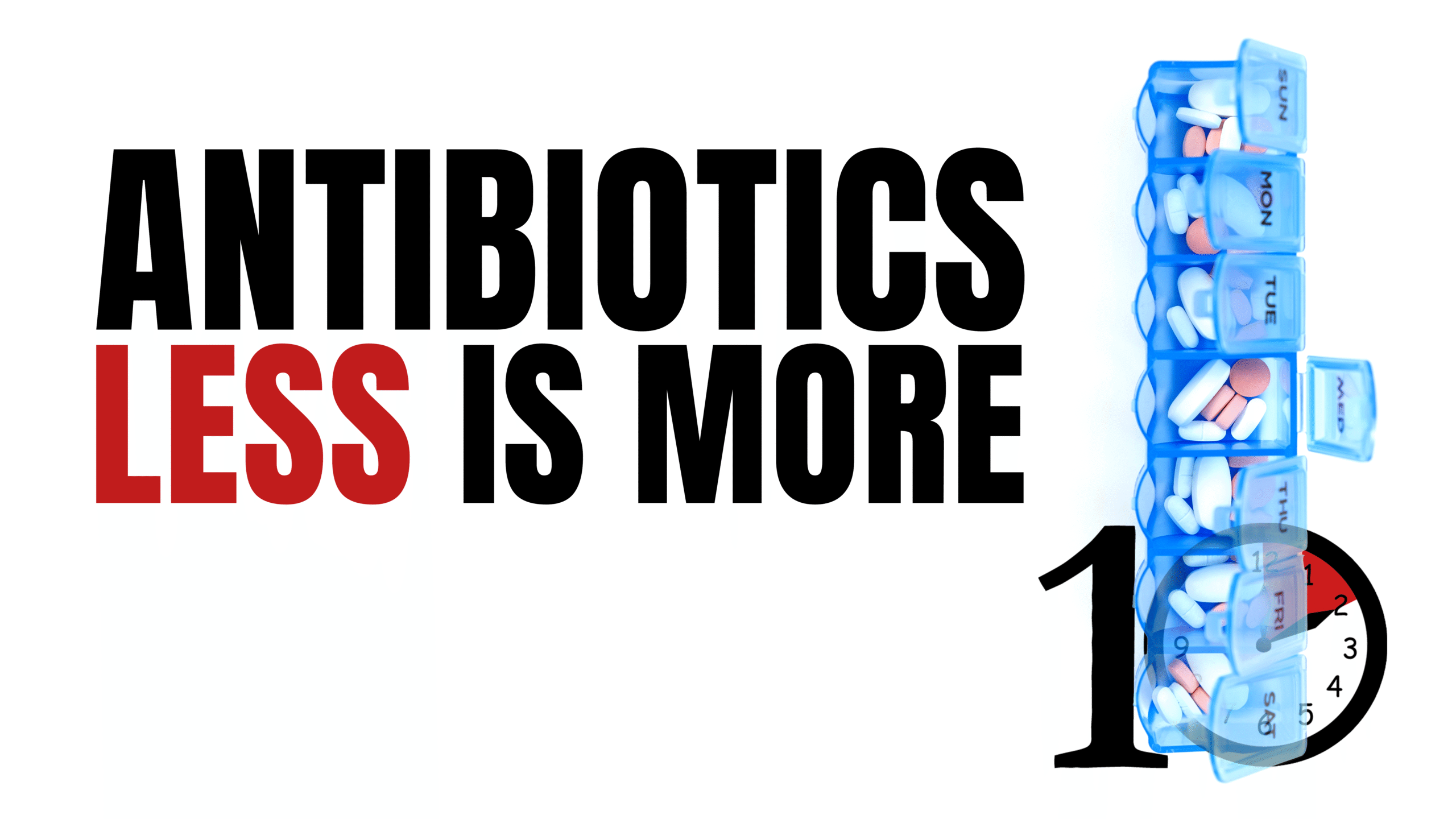A Guest Post by Chris Hicks
EMCrit’s Mind of the Resuscitationist series is always a favourite of mine, as I am of that dorkish ilk who has bought in wholeheartedly to the importance of so-called “softer skills” and their relevance to resuscitation.* Episode 400 was a special one though, and buried in its dying minutes are Scott’s four goals of resuscitation:
- Save lives / provide curative care
- Relieve suffering
- Enhance dignity
- Find connection
Arguably in no particular order, and none are to the exclusion of the next. Maybe there’s more to it, maybe there’s not, I’m not here for that debate, and I wouldn’t win anyway.
What struck me was No. 3 — enhance dignity, not because it doesn’t belong there, but because of the extent to which it does. In fifteen years of practice in trauma and emergency medicine (Mother of God, fifteen years) I’ve seen patient dignity shredded down to near nothingness, to more or less an afterthought, to an empty signifier, a catchphrase for foundation advertising. Patients and their families hearing the diagnosis of glioblastoma multiforme in the emergency department hallway four feet adjacent the patient with a small-bowel obstruction and intractable vomiting. The 88 year old with dementia warehoused in the ED for days — 3 or 4 or 5 — while services battle over who might be bothered to look after them. The ever-present noise, the blinding lights, the wakefulness, the NPO for 26 hours for no good reason. I don’t think it’s us, or at least it isn’t all us. There are a lot of things about our systems of care that compel us to act as we do, often in the face of scare or vanishing resources, extreme time pressures, and leadership priorities divorced from any semblance of good clinical care.
You could be forgiven for thinking the only solution is to burn it all down in a giant, shrieking conflagration akin to Gandalf smiting the Balrog. You could be forgiven, but you’d be wrong. There are a few simple things we can do both in and out of the resuscitation room to enhance patient dignity, with an opportunity cost of zero.
Stop talking around your patients
It’s one of the strangest things we do in medicine, something I notice most in the trauma room. The trauma team gathers, the patient is fully awake, listening, wondering what happened to them with a good amount of apprehension and fear. Team members feel licensed to muse aloud about the patient, to one another, to themselves sometimes. “Oh look, a scrotal contusion”; “16 gauge in the left AC, flushing well”; “He appears to be talking, kind of oriented, I give him a 14”. Imagine how disorienting and strangely dehumanizing this must be for a trauma patient who just wants to know if that fall off the roof will lead to their early demise. At your next social gathering, try talking obliquely about the person standing next to you, without acknowledging that they’re present and listening, see how weird it feels. Granted a certain amount of discussion between team members about the patient is usually necessary, and it would be much more tolerable if we did the next bit well.
Like CNN and the Weather Network: constant updates
A sick patient with their faculties intact needs at least two updates, which I believe the team leader ought to deliver themselves, unless otherwise task overloaded. Using trauma as an example, they are:
- At the start of the case, shortly after arrival, to let them know who you are, anticipated next steps, and that you will check in with them again to tell them what’s happening and what’s next
“Michael, I’m Dr. Hicks, the trauma team leader. You were in an accident, when your bike was hit by a car. Lots of stuff will be happening as we look you over in search of injuries. Right now your vital signs look good. I will update you again when our primary survey is done to let you know the next steps.”
The last part is the most crucial. Humans need to know you’ll circle back with them and provide an update.
- At the end of the primary survey, before you leave the room. This is where you close the loop on your introduction and provide context as to injury severity and anticipated next steps.
This sounds intuitive, but I’ve seen patients wheeled into and out of the trauma room with nary a word said to them other than “Can you feel my finger in your bum?” From their perspective, they might be getting wheeled off to the operating room, to the waiting room, or to the morgue for all they understand. A few simple words by way of update can make all the difference.
Say their name
“The patient” is one of the most grating phrases in all of medicine, in my estimation. Most medical documentation is polluted with it, for want of using the person’s actual name. That’s not to suggest you can’t default to “the patient”, “this patient” or even the extravagantly colourful “this pleasant patient” from time to time. But especially in an era where patients have ready access to their charts and clinical notes, dropping their name even just a couple of times goes a long way towards humanizing what is otherwise being described with the same humanity as that of a bollard.
Templates and macros rule in this modern age, and so I’ve force-functioned this, again in two places: the start and the end of my note. Specifically, my signature macro used to read “It’s been a pleasure looking after this patient and I wish them the best”. Now it reads:
It’s been a pleasure looking after [ ].
A force-function to get me to write down or say their name at least once. Plus, if I don’t actually wish them the best, I can leave that part out.
Hospital gowns are not the enemy
I honestly don’t know what harm we think we’re sparing patients by examining — and sometimes even resuscitating — patients in their clothes. Not only are you prone to miss that zoster infection masquerading as chest wall pain, you’ve likely shoved the patient’s shirt up, tried to wedge their pants down, tried (usually in vain) to cram their pant-leg about their knee, and debated with yourself if you really want to take their socks off and have to bear witness to what follows. Not the most dignified way to go about things.
Unless you’re working up a chief complaint that’s above the collar bones or below the wrists, it behooves us all to ask patients to change into (and then out of) a gown and cover / expose them as needed for the purpose of your exam. I have to give a nod to my medical school training for emphasizing the importance of maintaining patient dignity in so doing, much more so than poking at their belly through their overcoat, shirt and undershirt. Yes, you can’t do this in a hallway. Advocate for a space and privacy where you can.
Shared decision-making should be the norm
I’ve been burned on this one more times than I can count. Working up a patient and deciding they need admission to hospital, calling in the referral, moving on with my shift, only to hear back from the now-put-off consultant that the patient under no circumstances would like to be admitted to hospital. What a waste of everyone’s time, what a missed opportunity that could have been remedied by a quick conversation at the bedside first. Not everything in medicine is a 50/50 ball — sometimes you really do think that CT scan is needed tonight, because the consequences of missing something are dire. But in some situations, it really can wait until tomorrow. And so you chat it up with your patient:
“We can get this imaging done tonight, it will take a few hours for sure but it’ll get it done and we can monitor you in the meantime. Or, we can bring you back for an outpatient CT scan tomorrow and see you in the ED after for the results and reassessment. Given your presentation I think either is acceptable.”
People will tell you their preference, and you can tell them yours. Their cat. The long drive back to the hospital. Mobility issues. Jesus I’ve been here 8 hours already, I’d rather just go home. The small act of involving your patient in decision-making can pay huge dividends by way of enhancing dignity — and with the ancillary benefit of being a good resource manager to boot.
Dignity doesn’t get the press it deserves. There are a lot more whiz-bang things that go down in the resus room that draw our attention, and admittedly they’re more exciting that saying the patient’s name on occasion. I guess maybe I’m getting old. I really am glad Scott included enhancing dignity as the third resuscitation goal. I have a sneaking suspicion that it links to the fourth — finding connection — in more ways than we recognize.
- Don’t get me started on the absurdity of calling them the “soft skills” — they are better correlated with badassery in resuscitation than most content or procedure-based knowledge out there.
More from Hicks on EMCrit












